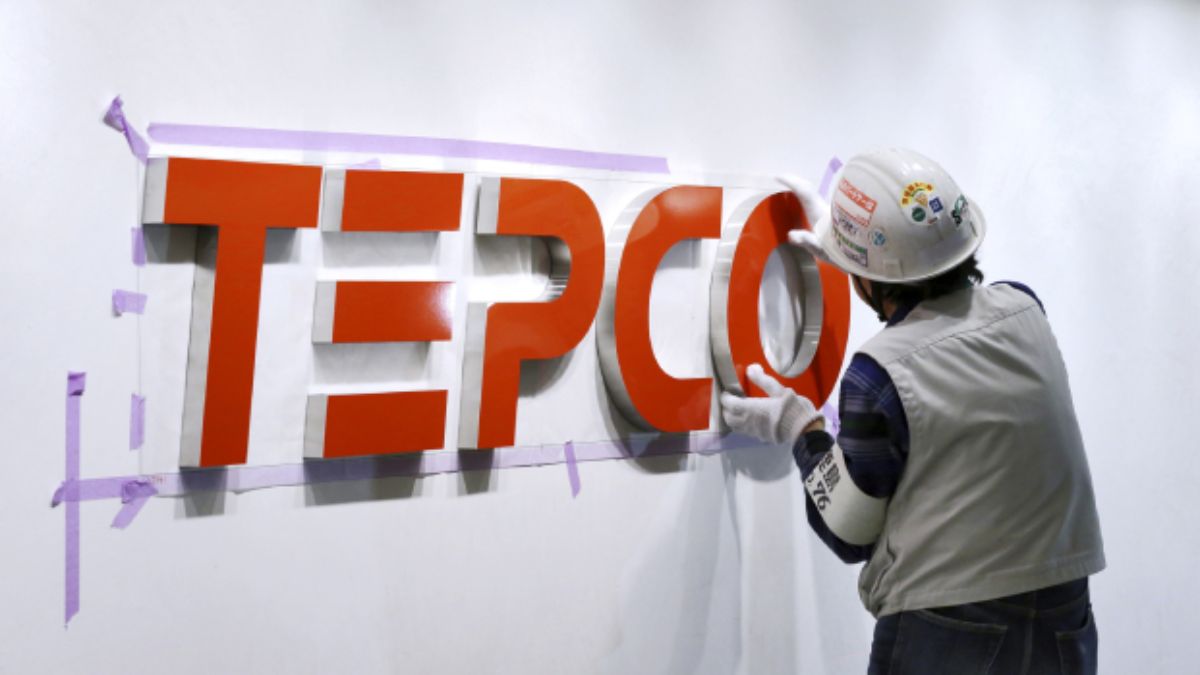 Image Credits-Asia Financial
Image Credits-Asia Financial
Tokyo Electric Power Company Holdings Inc. (TEPCO) is reportedly considering the partial decommissioning of Units 6 and 7 of the Kashiwazaki-Kariwa Nuclear Power Plant, the largest nuclear facility in the world, within two years of their potential restart. This move comes as the company faces mounting challenges in securing public trust and regulatory approval for the plant’s full operation.
Located in Niigata Prefecture, the Kashiwazaki-Kariwa plant has been under scrutiny since the Fukushima Daiichi nuclear disaster in 2011. Despite being one of TEPCO’s most advanced nuclear facilities, the plant has faced significant delays in its restart process due to safety concerns, particularly regarding the company’s ability to manage nuclear security and prevent accidents.
According to sources familiar with the matter, TEPCO is contemplating a strategy that involves bringing Units 6 and 7 back online, followed by a phased decommissioning of specific components within two years. This approach aims to balance the need for energy production with the growing pressure to reduce Japan’s reliance on nuclear power and address safety concerns from both the public and regulatory bodies.
The decision to consider partial decommissioning reflects TEPCO’s cautious approach amid a complex regulatory environment and lingering public skepticism about nuclear energy. The Nuclear Regulation Authority (NRA) has imposed stringent conditions on the plant’s operation, requiring TEPCO to implement comprehensive safety measures before any restart can occur.
Local governments and residents in Niigata Prefecture, who have historically been wary of nuclear energy, are expected to play a crucial role in the final decision-making process. TEPCO’s plans will likely undergo intense scrutiny as the company navigates the delicate balance between meeting Japan’s energy needs and ensuring the highest safety standards.
